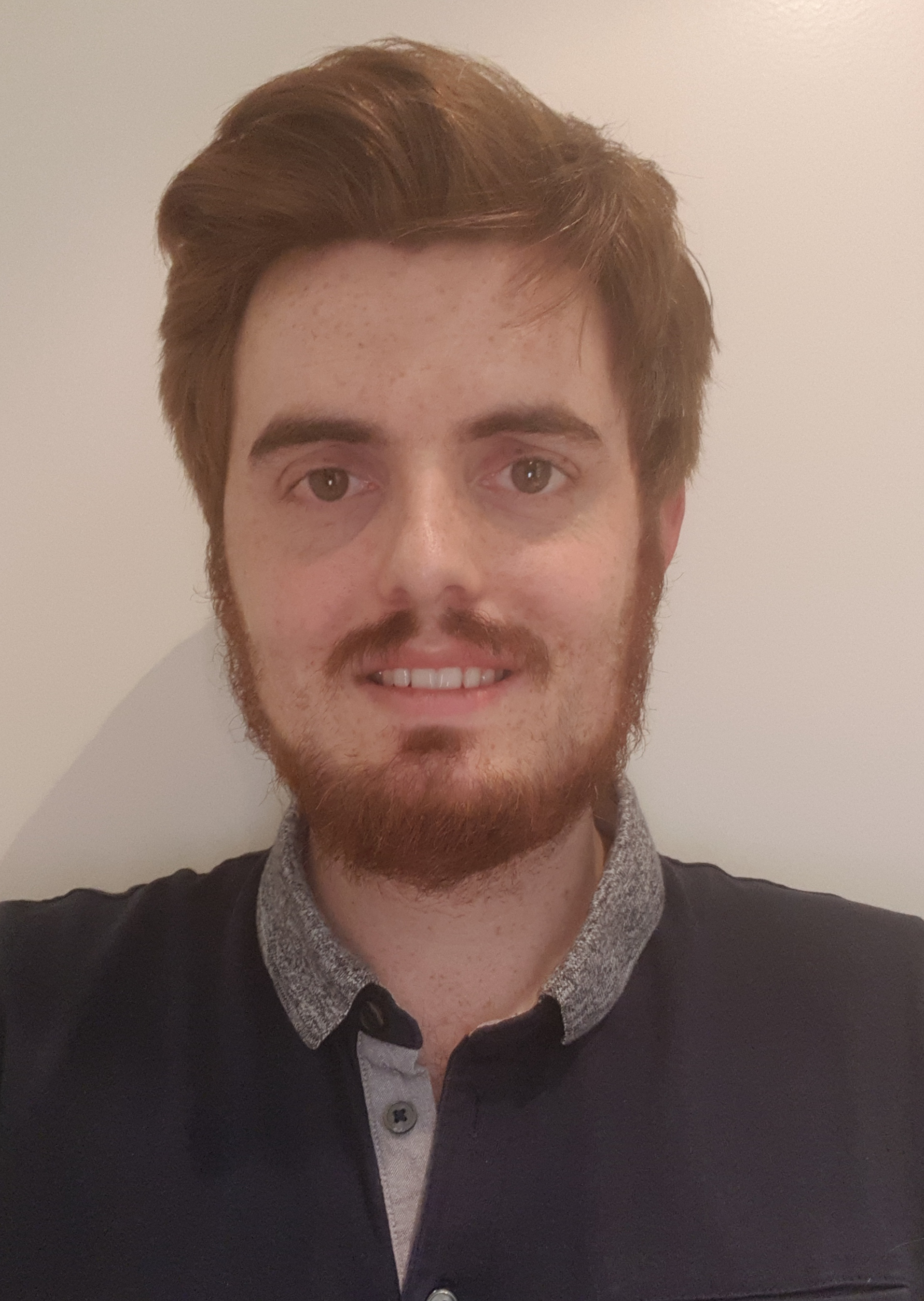Institut de Biosciences et Biotechnologies Aix-Marseille (BIAM), CEA, CNRS, Université Aix-Marseille, F-13108, Saint-Paul-lez-Durance An algal photoenzyme converts fatty acids to hydrocarbons.Science 2017-357:903-907 Sorigué D, Légeret B, Cuiné S, Blangy S, Moulin S, Billon E, Richaud P, Brugière S, Couté Y, Nurizzo D, Müller P, Brettel K, Pignol D, Arnoux P, Li-Beisson Y, Peltier G, Beisson F.
Cv
Agé de 28 ans, Damien Sorigué a effectué ses études à la faculté des sciences de Luminy (Aix Marseille Université) où il a obtenu un Master de Microbiologie, Biologie Végétale et Biotechnologie (MBVB). Il a réalisé son master 2 et sa thèse au Laboratoire de Biotechnologie et Bioénergétique des Bactéries et Microalgues (LB3M) Cea Cadarache - BIAM. Ce laboratoire étudie entre autre le métabolisme des lipides chez les microalgues. Damien effectue actuellement un post-doctorat au LB3M ou il continue de travailler sur l’enzyme découverte lors de sa thèse, la Fatty acid photodecarboxylase (FAP). Cette enzyme qui convertit des acides gras en hydrocarbures en utilisant l’énergie lumineuse (photons bleu 400-530 nm) offre de nombreuses perspectives biotechnologiques, en permettant de produire des hydrocarbures de façon biosourcée pour la chimie, les cosmétiques ou encore les carburants. Pour la recherche fondamentale, les photoenzymes sont des objets d’études essentiels pour comprendre le détail des mécanismes enzymatiques par spectroscopie ultrarapide, ou cristallographie résolue en temps (XFEL).
Contact
Principal investigator Alcasun
Biosciences and Biotechnologies Institute
Aix Marseille Université - CNRS - CEA
UMR 7265/LB3M, Cadarache CEA Research Center
F-13108 Saint-Paul-lez-Durance, France
Tel : +33 4 42 25 46 51
Tel : +33 6 49 41 68 41
Résumé de l'article
Although many organisms capture or respond to sunlight, few enzymes are known to be driven by light. Among these are DNA photolyases and the photosynthetic reaction centers. Here, we show that the microalga Chlorella variabilis NC64A harbors a photoenzyme that acts in lipid metabolism. This enzyme belongs to an algae-specific clade of the glucose-methanol-choline oxidoreductase family and catalyzes the decarboxylation of free fatty acids to n-alkanes or -alkenes in response to blue light. Crystal structure of the protein reveals a fatty acid–binding site in a hydrophobic tunnel leading to the light-capturing flavin adenine dinucleotide (FAD) cofactor. The decarboxylation is initiated through electron abstraction from the fatty acid by the photoexcited FAD with a quantum yield >80%. This photoenzyme, which we name fatty acid photodecarboxylase, may be useful in light-driven, bio-based production of hydrocarbons.




